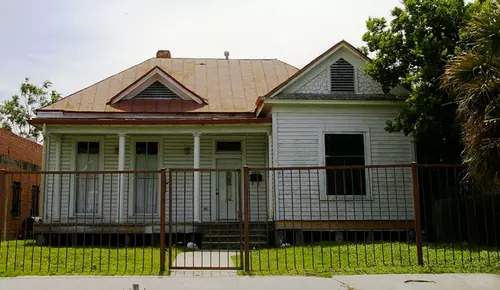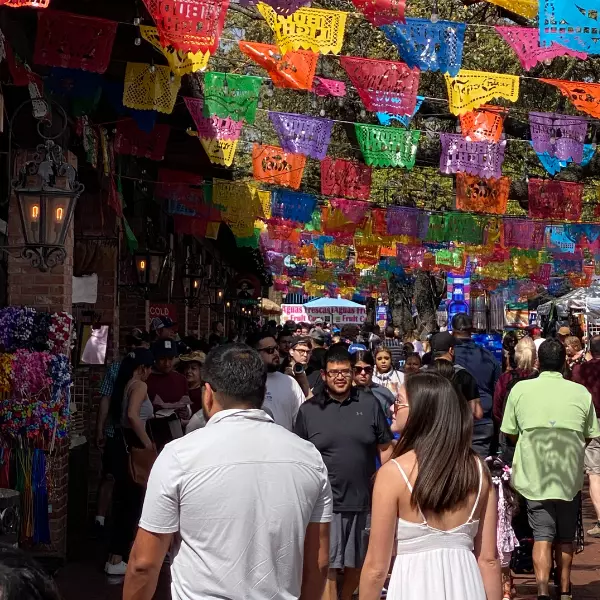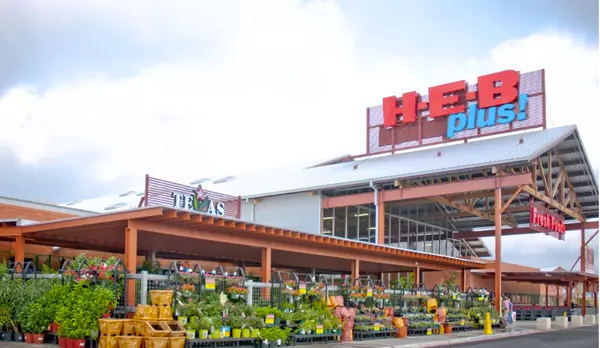10 Things to know when moving to San Antonio
Taxes...
In the state of Texas, there is no state income tax. Instead, the state relies on sales and use taxes, as well as franchise and property taxes, to generate revenue.
The city of San Antonio, Texas has a sales tax rate of 8.25%, which is composed of a 6.25% state sales tax rate and a 2% local sales tax rate. The state sales tax rate applies to all purchases in the city, while the local sales tax rate is added on top of that.
Additionally, there is a property tax in San Antonio which is collected by the Bexar County Tax Assessor-Collector's office. The property tax rate in San Antonio is set by the local government and can vary depending on the location and value of the property.
Loop 1604 is the outter loop and it is a vital for the transportation connecting residents and visitors with the city's major destinations such as the Six Flags Fiesta Texas, and the University of Texas at San Antonio. It is approximately 85 miles long and serves as a major transportation artery for the city.
Loop 410 is a beltway freeway that encircles the center city. It is approximately 42 miles long and serves as a major transportation artery for the city. It is also used as a bypass for heavy traffic on I-10 and I-35 during peak hours and serves as an important route for trucking and transportation companies to access the city.
Loop 1604 and Loop 410 both provide access to several major highways in the area, including I-10, I-35 and US-281.
US 281 is a major north-south highway that runs through the city. The highway enters the city from the north and runs through the city center before exiting to the south. It also serves as a main route for residents of the suburbs and northern parts of the city to access the city center and downtown.
US-35 is a major north-south highway that runs through the city. The highway enters the city from the northeast, running through the city center before exiting to the south. US-35 provides a direct link between us and several major cities in the region, including Austin, Corpus Christi, and Laredo.
US-10 is a major east-west highway that runs through the city. The highway enters the city from the west and runs through the city center before exiting to the east. US-10 provides a direct link betweenus and several major cities in the region, including Houston and El Paso.

San Antonio is a large city with too many neighborhoods to cover them all here. A few are covered below and a each with their own unique character and amenities.
- Alamo Heights: An affluent neighborhood known for its upscale shopping and dining options.- Castle Hills: A family-friendly neighborhood with a small-town feel, known for its well-maintained homes and green spaces.
- King William: A historic neighborhood known for its Victorian-style homes and tree-lined streets, as well as its proximity to the San Antonio River.
- Monte Vista: A charming neighborhood known for its large, historic homes and proximity to cultural institutions such as the McNay Art Museum.
- The Pearl: A popular neighborhood known for its trendy restaurants, bars, and shops, as well as its proximity to the San Antonio River.
- Northeast San Antonio : A diverse neighborhood with a mix of new and older homes.
- Southtown: A trendy neighborhood known for its art galleries, restaurants, and nightlife, as well as its proximity to downtown San Antonio.
These are just a few examples of the many neighborhoods that San Antonio has to offer. Each neighborhood has its own unique character and amenities, so it's worth researching and exploring different areas to find the right fit for you.




